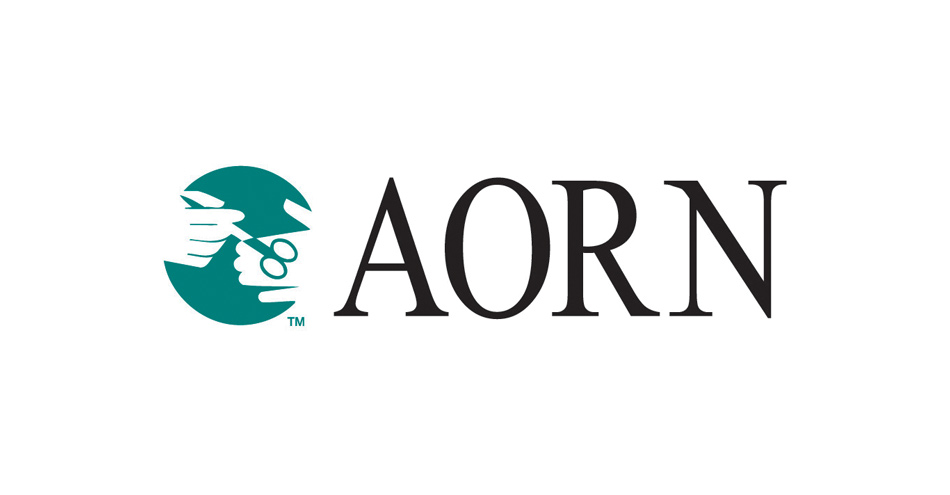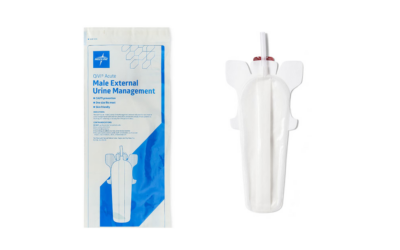The American College of Surgeons (ACS), the American Society of Anesthesiologists (ASA), the Association of peri-Operative Registered Nurses (AORN), the Association for Professionals in Infection Control and Epidemiology (APIC), the Association of Surgical Technologists (AST), the Council on Surgical and Perioperative Safety (CSPS); and The Joint Commission (TJC) met on February 27, 2018, to review and discuss the literature related to recommendations for operating room (OR) attire, specifically ear and hair covering.
Over the past two years, as recommendations were implemented, it became increasingly apparent that in practice, covering the ears is not practical for surgeons and anesthesiologists and in many cases counterproductive to their ability to perform optimally in the OR. Furthermore, in reassessing the strength of the evidence for this narrowly defined recommendation, the group concluded the following:
- Evidence-based recommendations on surgical attire developed for perioperative policies and procedures are best created collaboratively, with a multi-disciplinary team representing surgery, anesthesia, nursing, and infection prevention.
- The requirement for ear coverage is not supported by sufficient evidence.
- At present, available scientific evidence does not demonstrate any association between the type of hat or extent of hair coverage and SSI rates. One recent study1 on head coverings (disposable bouffant or skullcap, cloth cap), identified that the commonly available disposable bouffant hat is the least effective barrier to transmission of particles.
- Other issues regarding areas of surgical attire need further evaluation.
- Markel TA, Gormley T, Greeley D, Ostojic J, Wise A, Rajala J, Bharadwaj R, Wagner J. Hats Off: A Study of Different Operating Room Headgear Assessed by Environmental Quality Indicators. JACS, 225(5): 573-581, 2017.









